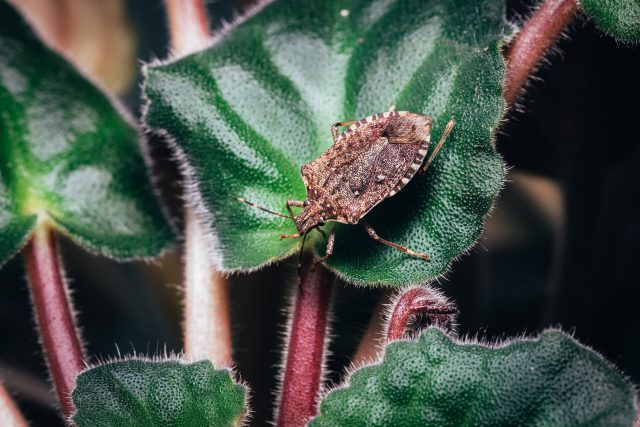Soybean cysts nematodes are the greatest yield-reducing insect pests in Ohio and other parts of the US. According to The Ohio State University, the soybean cyst nematode was first discovered in 1981 and is commonly found on soybean plants in 72 of the 88 counties in the state. But soybean cyst nematodes aren’t the only concern for Ohioans farmers. Other pests destroying agricultural produce are stink bugs, black cutworms, wireworm, true armyworm, and seedcorn maggot.
A report by the Ohio Country Journal reveals that seed treatment and broad-spectrum insecticides help eliminate pests, but they end up killing beneficial natural predators. So, what effective methods can you implement to prevent or get rid of these pests? Keep reading to learn what to do when soybean cyst nematodes, seedcorn maggot, and stink bugs are invading your farm, destroying crops.
Managing Soybean Cyst Nematode
Soybean cyst nematodes build their populations quickly, given a single female can lay 200 eggs. They damage soybean roots, causing the roots to rot and preventing the plant from absorbing enough nutrients. The signs of soybean cyst nematode infestation vary based on the population of nematodes and soil nutrient status.
But there are common signs of invasion, such as stunted yellow soybeans and circular or oval patches where the cyst nematode eggs dominate. Fortunately, you can control soybean cyst nematodes by introducing natural predators like mites, Rove beetles, pot worms, centipedes, and Endoparasitic fungi. Other ways to control soybean cyst nematode include treating seeds with nematicide and rotating crops.
How to Control Stink Bugs
The brown marmorated stink bug destroys corn, vegetables, soybeans, and fruits by sticking their sharp straw-like mouth in pods or fruits. Then suck on the developing seed, stunting the plant’s growth. To prevent or eliminate stink bugs, you need to implement integrated pest control management tactics.
Note that these principles are effective in farms, homes, and commercial spaces. The first principle for eliminating stink bugs from farms and homes is identifying their hiding space. Then find an effective solution, which could range from introducing natural predators to spraying non-toxic insecticides, hand picking, and using row covers.
Seedcorn Maggots Management
Seedcorn maggots are invasive pests and have three life cycles, with the first cycle causing more plant damage. Typically, adult flies lay eggs in the soil where the pupae grows into larvae over winter. In spring, the maggot or larvae burrow into corn or soybean seeds, reducing germination. Effective seedcorn maggot control measures include using animal or green manure, adding cover crops, introducing black beetles, and spraying insecticides.
Managing yield-reducing pests, like seedcorn maggots, stink bugs, soybean cyst nematodes, and armyworms, has become difficult. And this year, farmers in Ohio have raised their concerns on how to do it safely without harming natural predators. To control these invasive pests, pest control experts recommend integrating various methods, including the introduction of natural predators, adding cover crops, spraying non-toxic insecticides, and adding green or animal manure.












